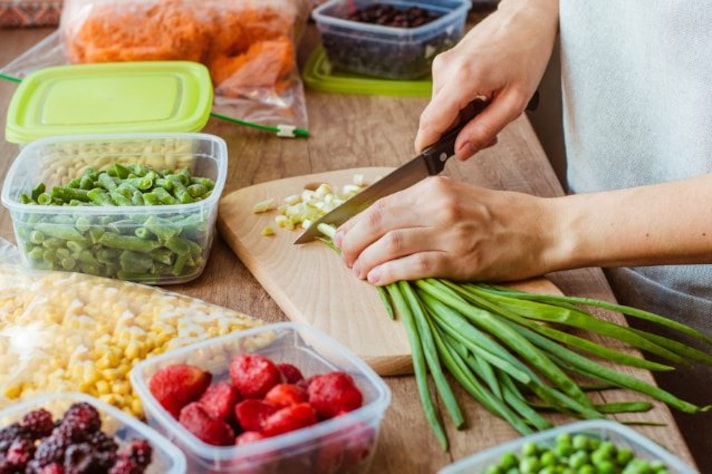
Every year, millions of tons of food end up in landfills instead of on our plates. In fact, globally, around one-third of all food produced for human consumption is wasted. In the United States alone, this amounts to over 30 million tons per year. To put that in perspective, it’s like throwing away the weight of 270,000 Statue of Liberty replicas! This issue is so severe that the world dedicates a special day to it—September 29th, marked as the International Day of Awareness of Food Loss and Waste
The good news? Each one of us can make a difference. Reducing food waste at home isn’t just about saving money or feeling virtuous—it’s about conserving resources and helping to protect our planet. Here are 10 simple (and sometimes fun) ways you can reduce food waste in your own kitchen.
1. Plan Your Meals Like a Pro

Before heading to the grocery store, take a moment to plan your meals for the week. Write down what you’ll actually use, and stick to the plan. It's like creating a road map for your stomach, and your fridge will thank you for the reduced clutter. A helpful tip? Check what’s already in your pantry and fridge before making the list—it’ll save you from accidentally buying your third jar of peanut butter!
2. Love Your Leftovers (Really!)

Leftovers can feel like that distant cousin who always shows up uninvited to family gatherings. But with a little creativity, they can turn into delicious meals! Reimagine them: last night’s roasted veggies could become today’s frittata, and that rice from Tuesday? Stir-fried gold by Friday. If you really don’t feel like eating them now, freeze them for another day. Your future self will thank you.
3. Store Food Like a Boss

How you store food can make or break its shelf life. Learn the art of food storage—bananas, for example, should be stored away from other fruits to prevent them from speeding up ripening. And leafy greens? Wrap them in a paper towel to absorb excess moisture. Get to know your fridge’s personality and work with it to prevent premature spoilage!
4. Embrace the "Ugly" Produce
The slightly misshapen tomato or that quirky-looking carrot with an extra leg might not win beauty contests, but they taste just as good. Buying "ugly" produce helps reduce waste from stores that often discard less-than-perfect fruits and veggies. Plus, think of the character they’ll add to your meals!
5. Freeze Like a Foodie

Freezing is like putting food on pause—perfect for preserving anything from meats to bread to that extra tomato sauce you made. Almost anything can be frozen, from herbs in olive oil to fruits for smoothies. Label everything with dates so you can keep track of what to use first and avoid freezer mystery meals. No one wants to defrost the "What-was-this-again?" container.
6. Portion Control, but Make it Fun

Sometimes our eyes are bigger than our stomachs. Serve realistic portions to avoid uneaten food left on plates, which often ends up in the bin. If you love leftovers, portion out for tomorrow's lunch. Plus, smaller portions mean you can try a bit of everything without turning your plate into a food landfill.
7. Composting is Cool

Even if food waste is inevitable (because who’s really going to eat that eggshell?), composting can save the day. Instead of throwing food scraps into the trash, turn them into nutrient-rich compost for your plants. It’s like giving leftovers to your garden—how wholesome is that? Don’t have a garden? No worries, many cities have composting programs that will happily take your scraps off your hands.
8. Get Creative with Peels and Scraps

Did you know you can make stock out of vegetable peels, or zest a lemon before tossing the rind? Potato peels can become crispy chips, and stale bread can transform into delicious croutons. The possibilities are endless when you start looking at scraps as ingredients rather than waste. Food alchemy, anyone?
9. Know the Expiry Date Myth

"Best by," "Sell by," "Use by"—it’s like a dating app for your groceries, but it can be confusing. These dates often refer to peak quality, not safety. Trust your senses: if it smells fine, looks fine, and tastes fine, it probably is fine. Avoid tossing perfectly good food just because of a date label.
10. Donate Before It’s Too Late
If you realize you bought too much, consider donating to a local food bank before the items go bad. Many organizations gladly accept non-perishable goods that are still in good condition. It’s a win-win: you reduce waste, and someone else gets a meal.
;Resize,width=767;)
